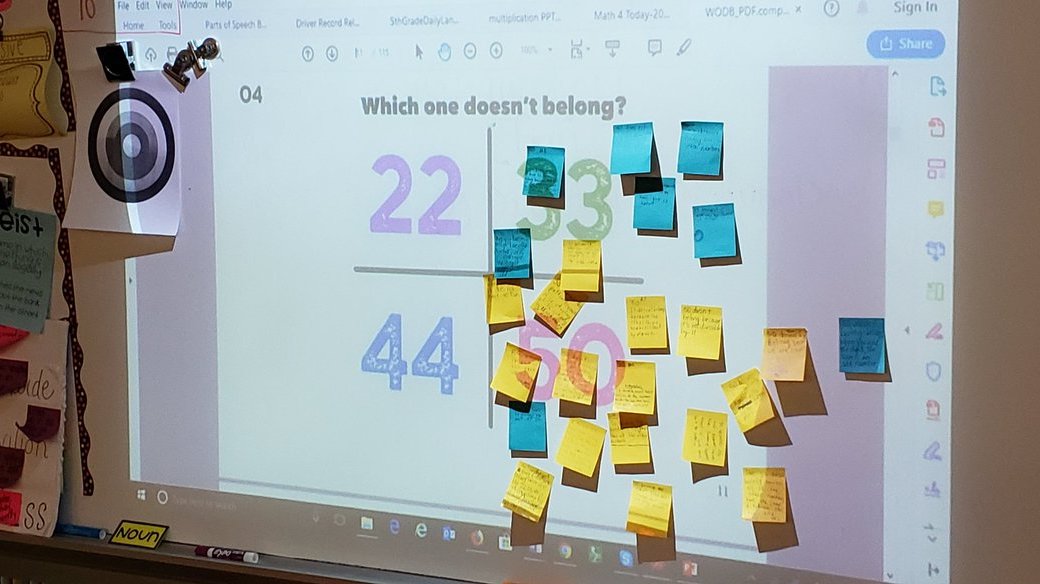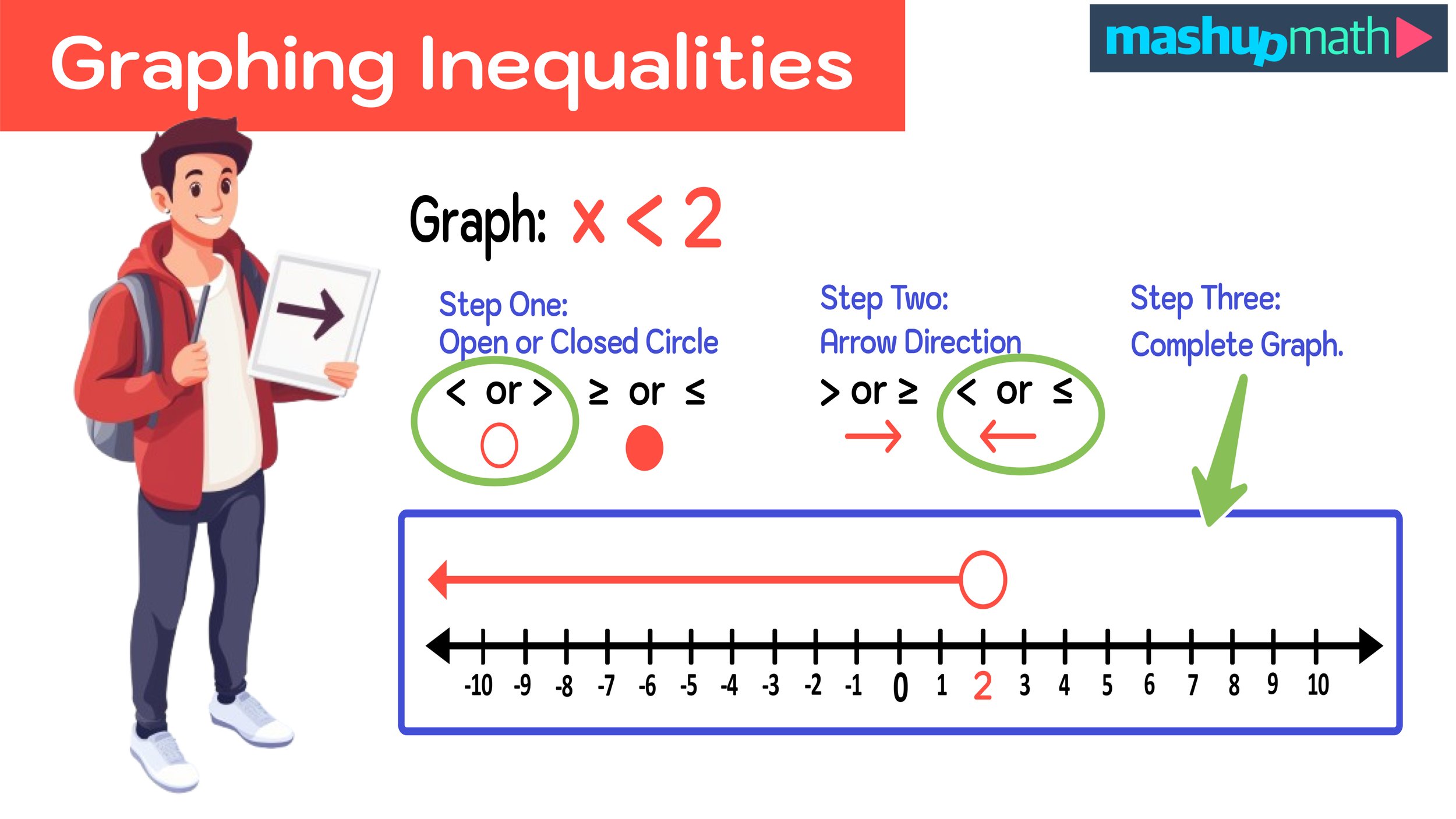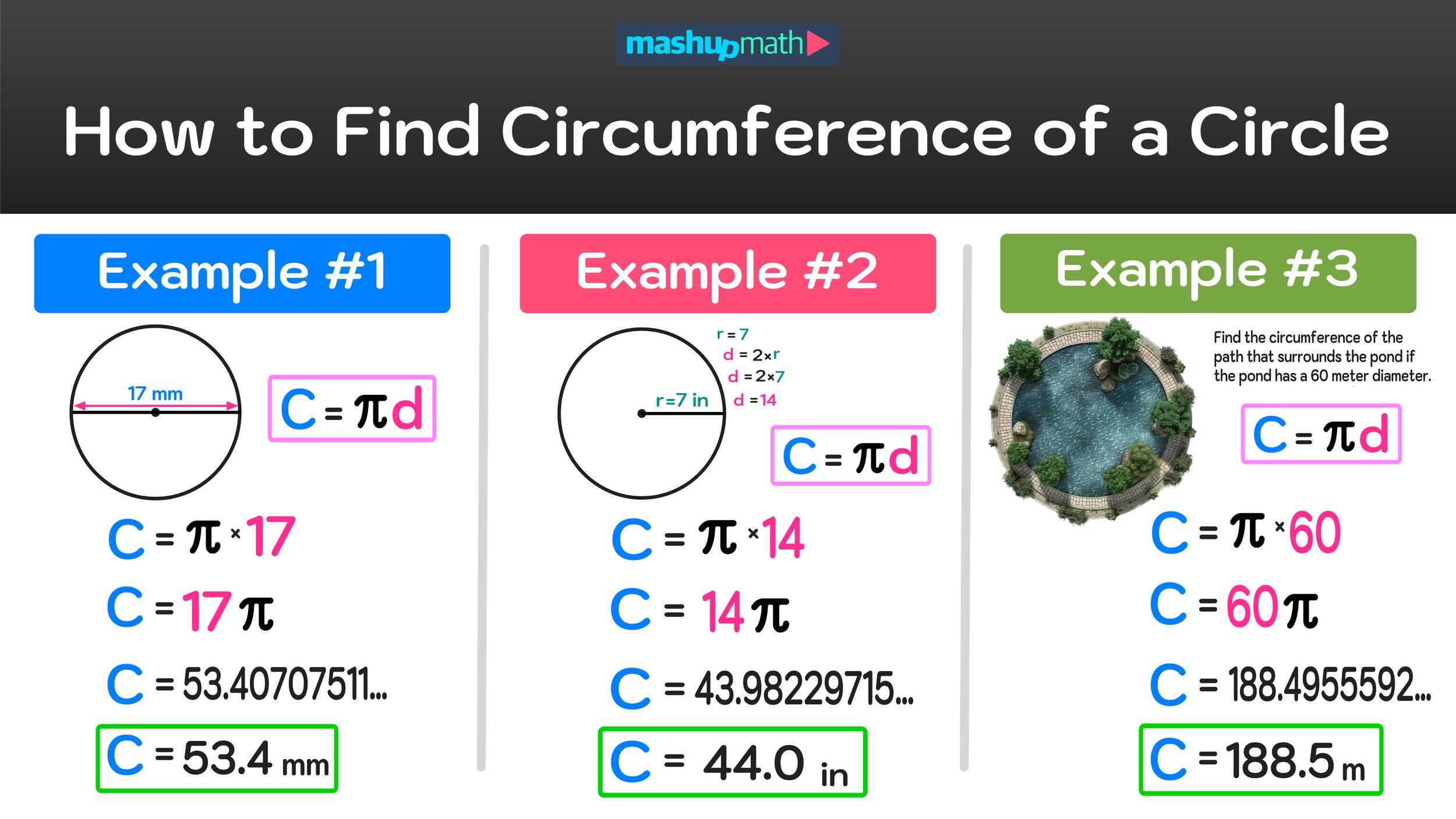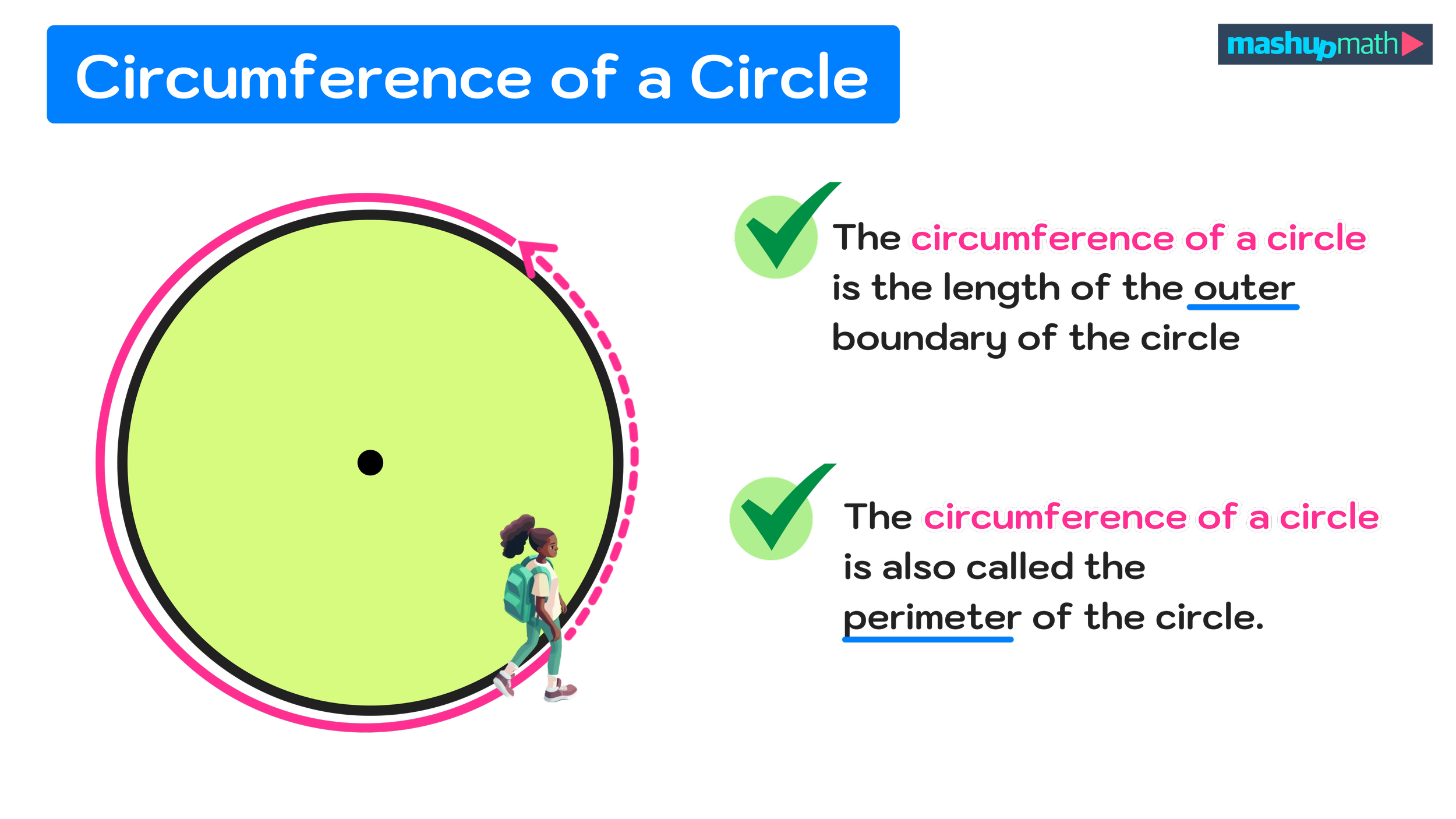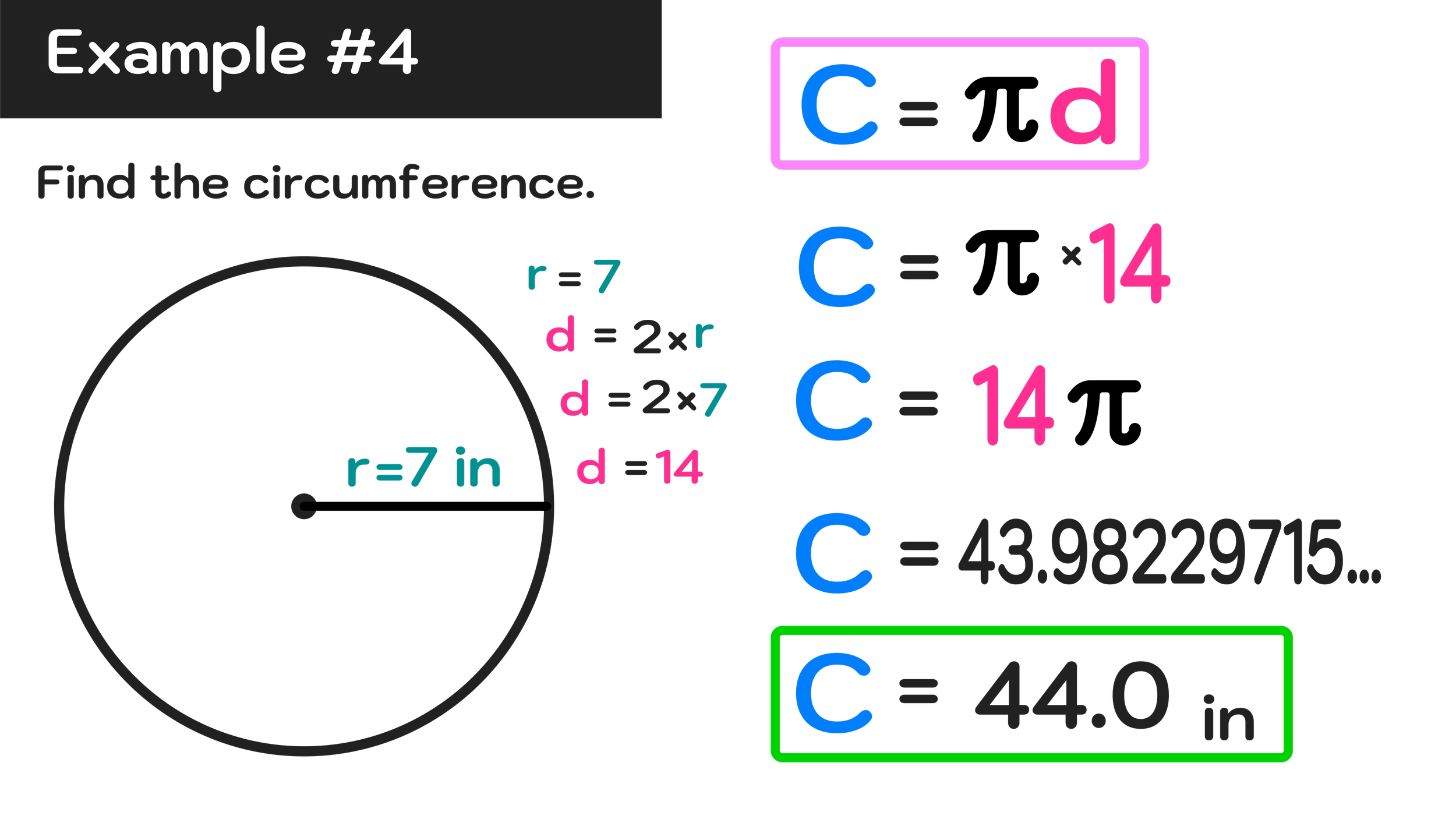How to Complete the Square in 3 Easy Steps
Step-by-Step Guide: How to do Completing the Square
As you continue onto more advanced problems where you have to factor quadratics, you will have to learn how to complete the square in order to find correct solutions. Completing the square is a special technique that you can use to factor quadratic functions.
This free step-by-step guide on How to Complete the Square will teach you an easy 3-step method for factoring any quadratic using a technique called “completing the square.”
This guide will focus on the following topics and sections. You can click on any of the text links below to jump to one particular section, or you can follow each section in sequential order.
Let’s begin by exploring the meaning of completing the square and when you can use it to help you to factor a quadratic function.
Figure 01: Are you ready to learn how to find solutions to quadratic equations by completing the square?
What is Completing the Square?
Completing the square is a method that you can use to solve quadratic equations of the form ax² + bx + c = 0 (where a, b, and c are all not equal to zero).
❗Note that the equations of the form ax² + bx + c = 0 are called quadratic equations and they can be rewritten as follows:
ax² + bx + c = 0
ax² + bx = -c
Both of these equations are equivalent to each other, and understanding the relationship between these two equations will help you to understand how to complete the square later on in this guide.
In the next section, we will work through three examples of how to complete the square using the following 3-step method:
Step #1: Rearrange the quadratic equation so that all of the constants are on one side of the equals sign.
Step #2: Add (b/2)² to both sides of the equal sign.
Step #3: Factor and solve.
By solving a quadratic equation by completing the square, you are identifying values where the parabola that represents the equation crosses the x-axis.
As long as you understand how to follow and apply these three steps, you will be able to solve quadratics by completing the square (provided that they are solvable). Now, let’s gain some experience with using the three step method on how to complete the square by working through some step-by-step practice problems.
Figure 02: The solutions to a quadratic equation are the values where the graph crosses the x-axis.
How to Complete the Square: Example #1
Solve: x² - 6x -16 = 0
For this first example (and all of the practice problems in this guide), we can solve the problem by completing the square using our three step method as follows:
Step #1: Rearrange the quadratic equation so that all of the constants are on one side of the equals sign.
Let’s start off by noticing that our given quadratic function is indeed in ax² +bx + c = 0 form, where a=1, b=-6, and c=-16.
To complete the first step, we have to move all of the constants (all of the values not attached to variables, to the right side of the equals sign as follows:
x² - 6x -16 = 0
x² - 6x -16 (+16) = 0 (+16)
x² - 6x = 16
Now we have completed the first step and we are left with a new equivalent equation:
x² - 6x = 16
Step #2: Add (b/2)² to both sides of the equal sign.
For the next step, we have to find the value of (b/2)² and add it to both sides of the equals sign.
Since we know that b=-6, we can find the value of (b/2)² by substituting -6 for b as follows:
(b/2)²
(-6/2)²
(-3)²
=9
In this case, (b/2)² = 9, so, to complete Step #2, we simply have to add 9 to both sides of the equal sign as follows:
x² - 6x = 16
x² - 6x + 9 = 16 + 9
x² - 6x + 9 = 25
Figure 03: How to Complete the Square in 3 Easy Steps.
Step #3: Factor and solve.
Finally, we are ready for the third and final step where we just need to factor and solve.
Notice that the left side of the equation of x² - 6x + 9 = 25 is a trinomial that is factorable as follows:
x² - 6x + 9 = (x-3)(x-3)
x² - 6x + 9 = (x-3)²
In this example, the factors of x² - 6x + 9 are (x-3)(x-3), which we will express as (x-3)² since it will allow us to solve the problem as follows:
x² - 6x + 9 = 25
(x-3)² = 25
√[(x-3)²] = √[25]
x -3 = ± 5
In the third step above, we took the square root of both sides of the equation to remove the exponent and we are left with x -3 = ± 5, which means that
x - 3 = 5
x - 3 = -5
We can now find the solutions to this first example by solving both equations as follows:
x - 3 = 5 → x = 8
x - 3 = -5 → x = -2
All three steps for how to do completing the square are shown in Figure 03 above.
Now, we can conclude that the original quadratic equation x² - 6x -16 = 0 has two solutions:
Final Answer: x = 8 and x = -2
This means that the graph of the equation x² - 6x -16 = 0 will be a parabola that crosses the x-axis at both (-2,0) and (8,0) as shown in Figure 04 below.
Figure 04: How to solve by completing the square: graph explanation
How to Complete the Square: Example #2
Solve: x² +12x +32 = 0
We can solve this next example using our 3-step method, just as we did in the previous example, as follows:
Step #1: Rearrange the quadratic equation so that all of the constants are on one side of the equals sign.
Notice for our given quadratic equation, x² +12x +32 = 0, that a=1, b=12, and c=32.
Since our constant c is on the left side of the equation, we simply have to move it to the right side using inverse operations to complete Step #1.
x² +12x + 32 = 0
x² +12x + 32 (-32) = 0 (-32)
x² + 12x = -32
After completing the first step, we now have:
x² + 12x = -32
Step #2: Add (b/2)² to both sides of the equal sign.
Next, we have to add (b/2)² to both sides of our new equation.
In this example, b=12, so we can find the value of (b/2)² as follows:
(b/2)²
(12/2)²
(6)²
=36
Since (b/2)² = 36, we can complete Step #2 by adding 36 to both sides of the equation as follows:
x² + 12x = -32
x² + 12x +36 = -32 +36
x² + 12x +36 = 4
Figure 05: How to complete the square to find the solutions to a quadratic equation.
Step #3: Factor and solve.
For the final step, we just have to factor and solve for any potential values of x.
Just like example #1, we can finish completing the square by factoring the trinomial on the left side of the equation and then solving.
In this case, the trinomial on the left side of the equation can be factored as follows:
x² + 12x +36 = (x+6)(x+6)
x² + 12x +36 = (x+6)²
❗Note that whenever you solve a problem using the complete the square method, you will always end up with two identical factors when you complete Step #3.
Now that we know that the factors of x² + 12x +36 are equal to (x+6)², we can solve for x as follows:
x² + 12x +36 = 4
(x+6)² = 4
√[(x+6)²] = √[4]
x + 6 = ± 2
In this case, the original quadratic function x² +12x +32 = 0 will have two solutions:
x + 6 = 2
x + 6 = -2
We can determine these two solutions by solving each equation as follows:
x + 6 = 2 → x = -4
x + 6 = -2 → x = -8
The entire 3-step method for completing the square for Example #2 is shown in Figure 05 above.
Final Answer: x = -4 and x = -8
Figure 06 below shows the graph of the parabola represented by x² +12x +32, with x-intercepts at -4 and -8.
Figure 06: Solving a quadratic by completing the square helps you to find the x-intercepts of the parabola that represents the equation.
How to Complete the Square: Example #3
Solve: x² +2x -7 = 0
Are you starting to get the hang of how to complete the square? Let’s gain some more experience with this next example.
Step #1: Rearrange the quadratic equation so that all of the constants are on one side of the equals sign.
For this problem, we know that a=1, b=2, and c=-7.
For our first step, let’s rearrange the equation so that all of the constants are on the right side:
x² +2x -7 = 0
x² +2x -7 (+7) = 0 (+7)
x² + 2x = 7
Now we have a new equivalent function:
x² + 2x = 7
Step #2: Add (b/2)² to both sides of the equal sign.
Now we need to add (b/2)² to both sides of the equation. Since b=2 in this example, (b/2)² is equal to:
(b/2)²
(2/2)²
(1)²
=1
Since (b/2)² = 1, we can complete the second step by adding 1 to each side of the equation as follows:
x² + 2x = 7
x² + 2x +1 = 7 +1
x² + 2x +1 = 8
Figure 07: How to Complete the Square: Solutions will not always be rational numbers.
Step #3: Factor and solve.
Now we are ready to factor and solve the equation.
We have a trinomial on the left side of the equation that can be factored as follows:
x² + 2x +1 = (x+1)(x+1)
x² + 2x +1 = (x+1)²
With these factors in mind, we can solve for x as follows:
x² + 2x +1 = 8
(x+1)² = 8
√[(x+1)²] = √[8]
x +1 = ± √[8]
For this third example, the quadratic function x² +2x -7 = 0 will have two solutions:
x + 1 = √[8]
x + 1 = - √[8]
If we continue onto solving these two equations, we will see that, unlike Examples #1 and #2, we do not end up with a rational answer:
x + 1 = √[8] → x = -1 + √8
x + 1 = - √[8] → x = -1 - √8
In cases like this, you can often conclude that:
Final Answer: x = -1 + √8 and x = -1 - √8
The solutions above are considered exact answers. However, if you are trying to estimate where the parabola will cross the x-axis on the coordinate plane, you could take the problem a step further by approximating for √8 as follows:
√8 ≈ 2.83
x = -1 + √8 → x = -1 + 2.83 → x =1.83
x = -1 + √8 → x = -1 - 2.83 → x =-3.83
Now we have two approximate solutions for x:
x =1.83 and x=-3.83
What does this mean? Just like we saw in Examples #1 and #2, the solutions tell you where the graph of the parabola crosses the x-axis. In this example, the graph crosses the x-axis at approximately 1.83 and -3.83, as shown in Figure 08 below.
Figure 08: How to complete the square to determine the solutions to a quadratic equation.
Conclusion: How to Complete the Square
When learning how to solve quadratic equations of the form ax² + bx +c=0, understanding how to complete the square to find the values where x=0 is an important and useful algebra skill that you can use to solve a variety of problems.
Whenever you have an equation in ax² + bx +c=0 form, you can solve it by following these 3-simple steps to completing the square:
Step #1: Rearrange the quadratic equation so that all of the constants are on one side of the equals sign.
Step #2: Add (b/2)² to both sides of the equal sign.
Step #3: Factor and solve.
Note that the above 3-step method for completing the square can be used to find the solutions of any quadratic equation of the form ax² + bx +c=0. These solutions represent the x-values where the parabola that represents the equation crosses the x-axis.
Keep Learning:
How to Find the Vertex of a Parabola in 3 Easy Steps
Learn how to find the coordinates of the vertex point of any parabola with this free step-by-step guide.













































